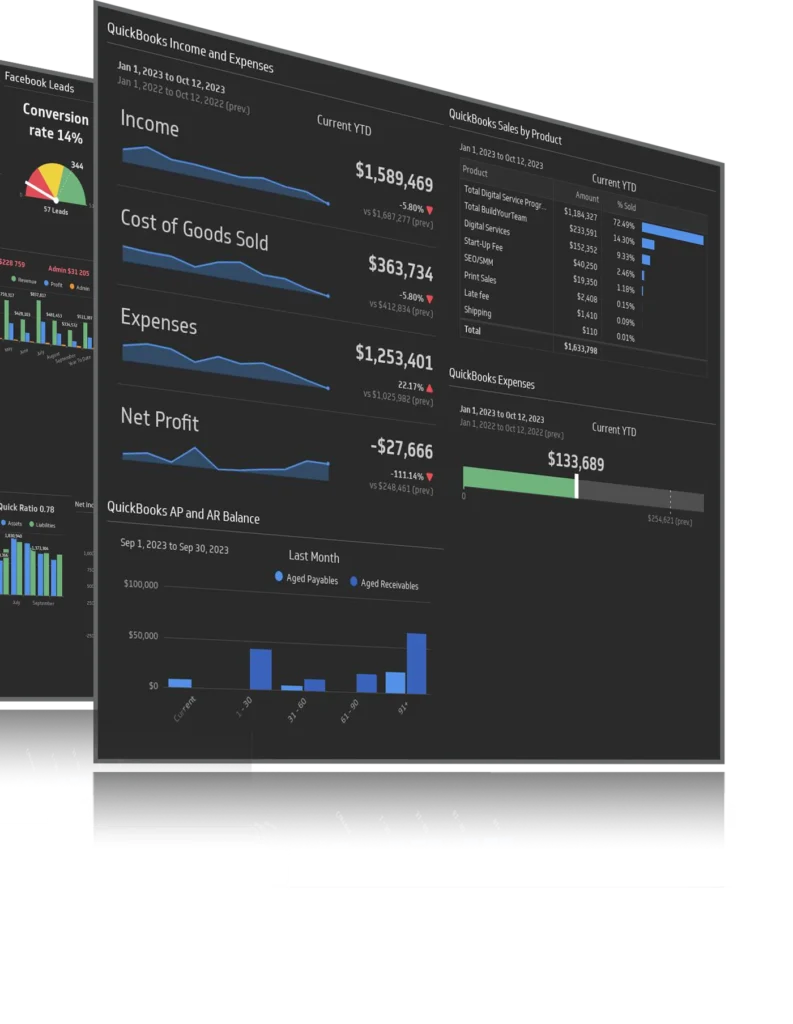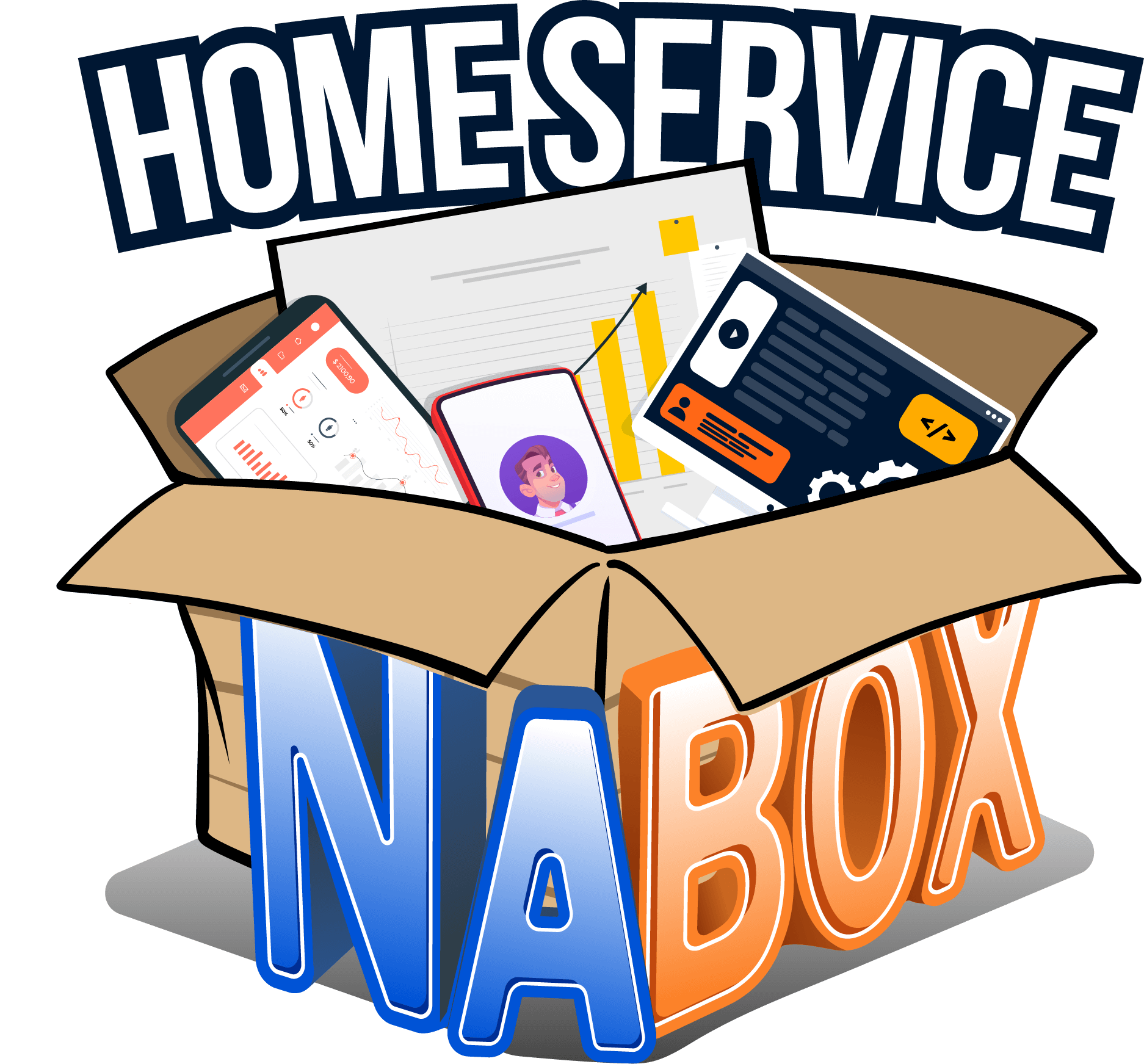
Running a successful home service business requires more than just delivering excellent service. To truly grow and thrive, you need to keep a close eye on your business’s performance. Key Performance Indicators (KPIs) are vital tools that can help you measure your success and identify areas for improvement. In this blog, we’ll explore the essential KPIs every home service business should track, providing detailed insights into why they matter and how you can leverage them for growth.
Key Points Covered 📌
- Importance of tracking KPIs
- Detailed analysis of essential KPIs
- Revenue Growth
- Customer Acquisition Cost (CAC)
- Customer Lifetime Value (CLV)
- First-Time Fix Rate (FTFR)
- Net Promoter Score (NPS)
- Comparative analysis of CAC vs. CLV
- Proactive business solutions for KPI tracking
- Fun facts about KPIs
- FAQs to address common concerns
Why Track KPIs? 📊
KPIs provide valuable insights into your business operations, helping you make informed decisions. By regularly monitoring these metrics, you can:
- Identify trends: Spot patterns that can inform strategic planning. For instance, a consistent increase in customer acquisition costs might indicate a need to refine your marketing strategy.
- Improve efficiency: Pinpoint areas where processes can be optimized. If you notice a low first-time fix rate, it could signal the need for better technician training or more effective scheduling.
- Enhance customer satisfaction: Understand and improve the customer experience. Metrics like Net Promoter Score (NPS) give direct insight into customer satisfaction and loyalty.
- Boost profitability: Track financial performance to ensure you’re meeting your revenue goals. Understanding your revenue growth and customer lifetime value helps in making strategic financial decisions.

Essential KPIs to Track 🔧
1. Revenue Growth 📈
Why it matters: Tracking revenue growth is crucial as it directly reflects the financial health of your business. It helps you understand how well your business is expanding over time.
How to measure: Compare your current revenue to previous periods (monthly, quarterly, annually). Look for consistent growth patterns and identify any fluctuations.
Strategies to improve:
- Increase service offerings: Expanding the range of services you offer can attract more customers.
- Enhance marketing efforts: Effective marketing strategies can drive more leads and conversions.
- Upsell and cross-sell: Encourage existing customers to try additional services.
2. Customer Acquisition Cost (CAC) 💰
Why it matters: CAC measures the cost of acquiring a new customer. It’s an important metric for managing your marketing and sales budget effectively.
How to measure: Divide your total marketing and sales expenses by the number of new customers acquired during a specific period.
Strategies to improve:
- Optimize marketing campaigns: Focus on high-performing channels and reduce spending on underperforming ones.
- Improve conversion rates: Enhance your sales funnel to convert leads more efficiently.
- Leverage referrals: Encourage satisfied customers to refer new clients through referral programs.
3. Customer Lifetime Value (CLV) 🕰️
Why it matters: CLV indicates the total revenue you can expect from a single customer over their relationship with your business. It’s a critical metric for understanding long-term profitability.
How to measure: Multiply the average purchase value, purchase frequency, and customer lifespan.
Strategies to improve:
- Enhance customer service: Excellent service leads to repeat business and longer customer relationships.
- Loyalty programs: Implement programs that reward repeat customers.
- Regular follow-ups: Keep in touch with customers through newsletters, special offers, and personalized communication.
4. First-Time Fix Rate (FTFR) 🚚
Why it matters: FTFR is the percentage of jobs completed on the first visit. A high FTFR indicates efficiency and customer satisfaction, as it means fewer repeat visits are necessary.
How to measure: Divide the number of jobs completed on the first visit by the total number of jobs.
Strategies to improve:
- Proper training: Ensure technicians have the necessary skills and knowledge.
- Effective scheduling: Optimize scheduling to allocate the right technician for the right job.
- Inventory management: Ensure that technicians have all necessary tools and parts before heading to a job.
5. Net Promoter Score (NPS) 😊
Why it matters: NPS measures customer satisfaction and loyalty by asking customers how likely they are to recommend your service to others. It’s a powerful indicator of overall customer sentiment.
How to measure: Conduct surveys asking customers to rate their likelihood of recommending your service on a scale from 0 to 10. Calculate the percentage of promoters (scores 9-10) minus the percentage of detractors (scores 0-6).
Strategies to improve:
- Address feedback: Act on customer feedback to improve your services.
- Enhance customer experience: Focus on providing a seamless and pleasant customer journey.
- Build relationships: Personalize interactions and build long-term relationships with customers.

Comparative Table: CAC vs. CLV
Understanding the relationship between Customer Acquisition Cost (CAC) and Customer Lifetime Value (CLV) is crucial for financial planning and strategy.
| Metric | Definition | Importance |
| CAC | Cost to acquire a new customer | Helps manage marketing and sales budget efficiently |
| CLV | Revenue from a customer over their lifetime | Indicates long-term profitability and customer value |
A healthy business will aim for a CLV that significantly exceeds the CAC, ensuring profitability and sustainable growth.
Proactive Business Solutions
Understanding and tracking these KPIs can significantly improve your business operations. For more comprehensive insights, consider using FinOps Scorecards to get a detailed view of your financial performance. Additionally, On-Site Full Service Business Assessments can help identify specific areas for improvement in your operations. Both tools offer tailored solutions to help your business thrive.

Fun Facts 🎉
- Businesses that track KPIs regularly are 2.5 times more likely to achieve their goals.
- Improving your FTFR by just 10% can lead to a 20% increase in customer satisfaction.
- Companies with a high NPS grow twice as fast as their competitors.
- The concept of KPIs dates back to the 1950s, when General Electric first used them to measure organizational performance.
- Nearly 70% of high-performing companies use KPIs to measure and manage their success.
FAQs
1. What are KPIs and why are they important?
KPIs, or Key Performance Indicators, are measurable values that show how effectively a company is achieving its business objectives. They are important because they provide insights into various aspects of your business, helping you make informed decisions.
2. How often should I review my KPIs?
It’s recommended to review your KPIs at least monthly. However, some businesses may benefit from weekly reviews, especially if they are in a rapid growth phase or experiencing significant changes. Regular reviews ensure that you stay on top of trends and can make timely adjustments.
3. What tools can help track KPIs effectively?
Using dashboard tools can simplify KPI tracking. Tools like FinOps Scorecards offer detailed insights into financial metrics, while comprehensive assessments can provide a broader view of your business health. These tools help you visualize data and make data-driven decisions.
4. How can I improve my FTFR?
Improving FTFR involves proper training, having the right tools and parts on hand, and effective scheduling. Regular assessments can also help identify inefficiencies that may be impacting your FTFR. Ensuring that technicians are well-prepared and equipped for their tasks can significantly enhance first-time fix rates.
5. Where can I get help with KPI tracking and business assessments?
For expert assistance, consider contacting professionals who specialize in business assessments. Contact us to learn more about how we can help you track your KPIs and improve your business performance. Our team offers tailored solutions, including on-site assessments and detailed performance scorecards, to help you achieve your business goals.
By keeping an eye on these essential KPIs, you can ensure your home service business stays on track and continues to grow. Tracking and understanding your KPIs not only helps in identifying areas for improvement but also in celebrating your successes. For more information on how to optimize your business operations and drive growth, visit our homepage.
